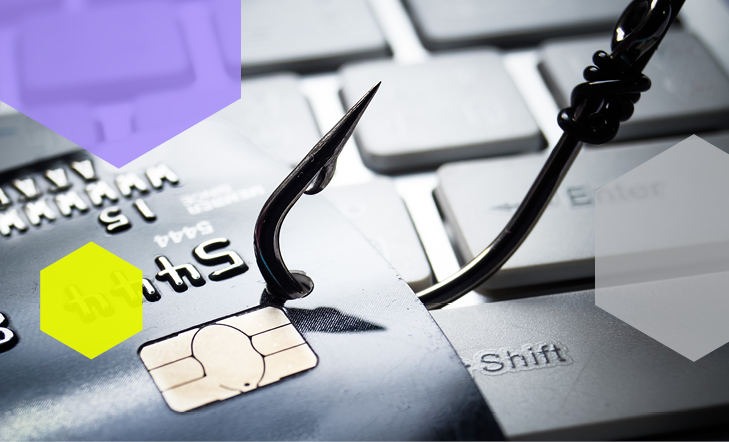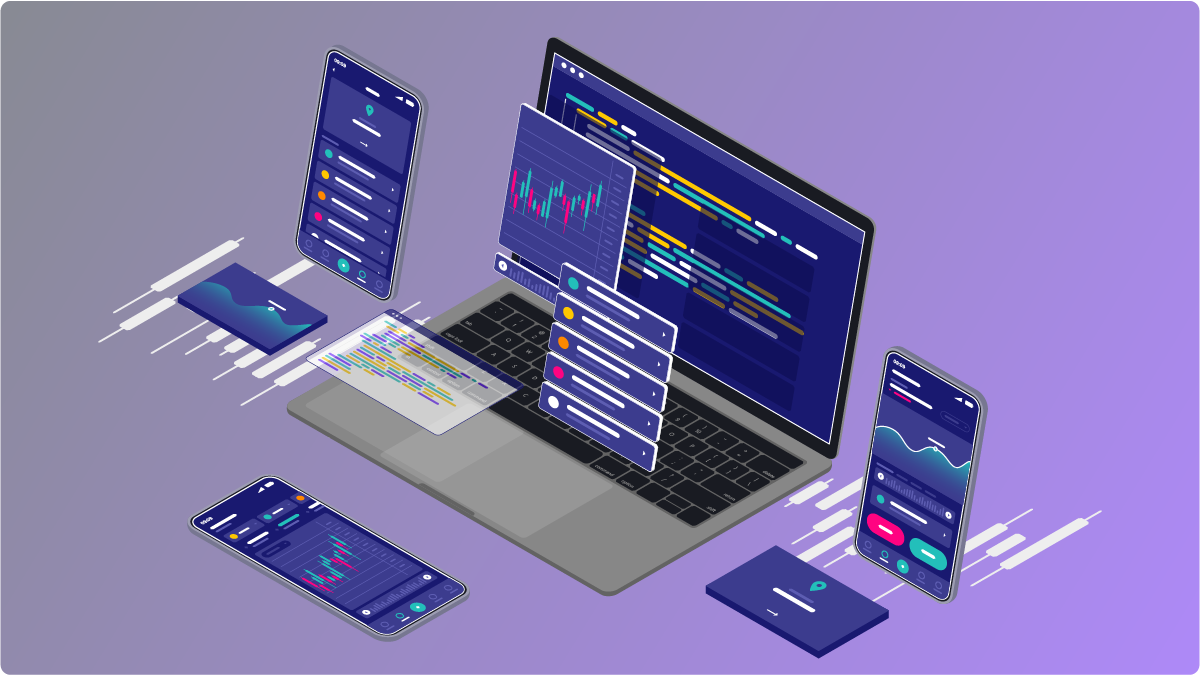
Microsoft IIS Web Server: The New Target for Malware Attacks
Discover the latest research by #ESETresearch exposing the IIStealer, a malicious extension for Microsoft's Internet Information Services (IIS) web server.
Find flaws in web, mobile, and IoT applications.
Expose risks in AWS, Azure, and GCP environments.
Ongoing testing to catch real-world vulnerabilities as they appear.
Live-fire exercises to sharpen detection and response.
Time-boxed security assessments across networks, apps, and infrastructure.
Simulated attacks to test detection and incident response.
Named security experts integrated seamlessly into your team.
Real-time detection and automated threat response.
24x7 monitoring and response by expert analysts.
Nonstop scanning to prioritize and reduce risk.
Ongoing scanning, triage, and compliance tracking.
Unified security platform powering all UV services.
Cross-platform toolkit for advanced red team ops.

Secure your code, infrastructure, and deployment pipelines before attackers exploit them.
September 19, 2025
August 27, 2025
June 26, 2025
UltraViolet Cyber is a practitioner-led MSSP delivering offensive and defensive security to Global 2000 and Federal clients. Built by former intelligence operators, we unify application security, red teaming, detection, and engineering under one roof. Our UV Lens platform replaces silos with integrated, outcome-driven operations.
SIEM migrations can introduce risk if handled poorly, but with the right structure and technical planning, they can also streamline operations, reduce cost, and improve visibility across the enterprise.
UltraViolet Cyber applies a four-phase migration framework built for high-volume, high-stakes environments. This approach has been used across industries, including a recent migration for a global fintech provider managing over 70 terabytes of daily log volume. The result was a seamless transition with minimal disruption and measurable improvements across the board.
Whether you’re driving the program or supporting it at the engineering level, this guide outlines how to manage a SIEM migration with clarity, control, and technical precision.
The first phase sets the foundation. Start by conducting a comprehensive discovery of your current environment. Identify all log sources, data flows, existing content, stakeholder dependencies, and compliance requirements. Document any custom integrations, enrichment pipelines, or specialized detection logic in use today.
In this phase, define what the new SIEM needs to support on day one and what can be phased in later. This helps prioritize which data sources and detections need early attention. You’ll also want to determine the ingestion strategy—whether to dual-feed into both SIEMs during the migration or execute a staged cutover.
For high-volume environments, this is also where bandwidth constraints and firewall rules need to be reviewed. Even well-architected networks can introduce performance bottlenecks if they weren’t built to support simultaneous ingestion pipelines.
Once planning is complete and your architecture is confirmed, begin configuring data ingestion into the new SIEM. Where possible, dual-feed key data sources into both platforms to allow side-by-side comparison and tuning. If log sources require agents, API connectors, or collectors, validate compatibility and test ingestion volumes under load.
Parsing and normalization should be handled during ingestion, not as a separate post-processing step. This ensures that the new platform maintains usable telemetry as data arrives, rather than introducing delay or requiring cleanup later. Take time to align fields with detection logic and enrichment sources early in the pipeline.
Expect parsing to be an iterative process, especially with legacy or customized log formats. Flag any edge cases or special content that was manually tuned in the legacy system.
Content migration often requires the most engineering hours. This includes translating saved searches, dashboards, alert logic, and correlation rules into the new platform. Each detection or rule should be reviewed for relevance, performance, and alignment with current priorities.
Avoid blindly porting content one-to-one. Instead, take the opportunity to consolidate duplicate rules, eliminate outdated logic, and restructure dashboards around specific users or teams. Many legacy SIEMs accumulate redundant or ineffective content over time - migrating without review carries that technical debt forward.
A good rule of thumb: budget one hour of engineering time per detection or dashboard object. Simple rules may be faster, but complex detections with layered logic and historical tuning may require significantly more time.
Once ingestion and content are in place, shift focus to validating that the new platform is operating as expected. This includes running side-by-side alert tests, confirming user access and dashboards, and testing log queries across teams. Cross-functional input is essential at this stage, especially from users outside security who rely on the platform for operations or fraud monitoring.
Build a cutover plan that includes stakeholder reviews, operational sign-off, and a rollback strategy if needed. If dual ingestion has been in place, begin phasing out the legacy system once confidence is high and all content has been validated. Retain access to legacy logs as needed for audit or investigation requirements.
Track progress against the success metrics set during Phase 1. If performance, fidelity, or cost goals are not met, this is the time to troubleshoot before the migration is considered complete.
SIEM migrations require more than tool expertise. They depend on planning, prioritization, and coordination across departments. Security teams often own the platform, but infrastructure, engineering, compliance, and other operational groups rely on it for visibility, reporting, and escalation. Input from each of those groups is essential to ensuring that the new environment supports the full range of use cases.
By following a structured, four-phase approach, teams can reduce friction, maintain operational continuity, and stand up a more efficient foundation for detection and response.
At UltraViolet Cyber, we apply this framework to help organizations transition large-scale, high-volume SIEM environments with minimal risk. Our engineers have hands-on experience across legacy and cloud-native platforms, and we stay engaged from discovery through final validation. Whether your drivers are cost control, modernization, or regulatory alignment, we support your team with a clear plan and the technical depth to execute.
If you’re planning a SIEM migration, UltraViolet can help you structure it from the ground up.
We’re here to help. Get in touch for an initial conversation with one of our security experts and learn more about how UltraViolet Cyber can help you take cyber readiness and resilience to new levels.